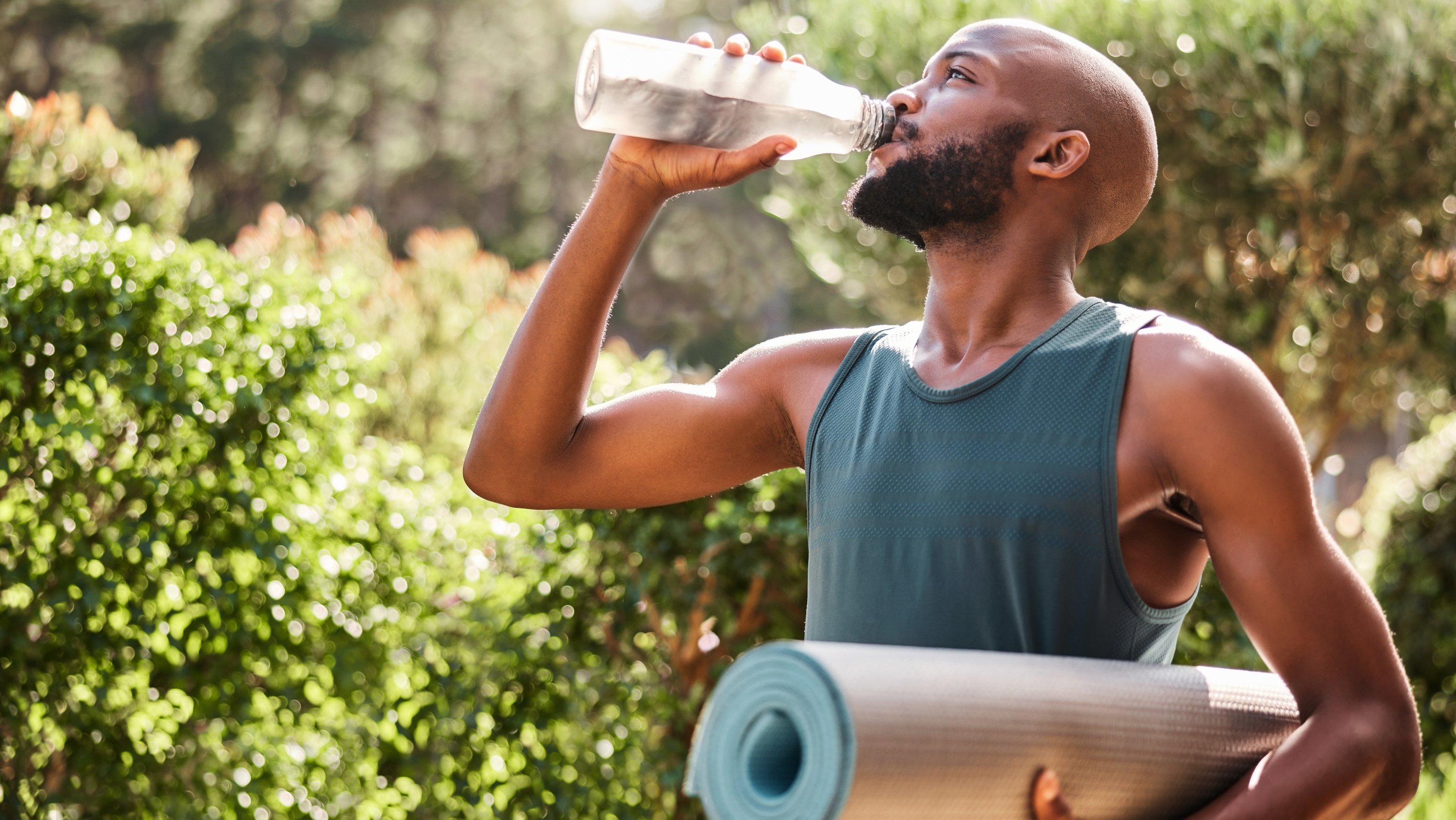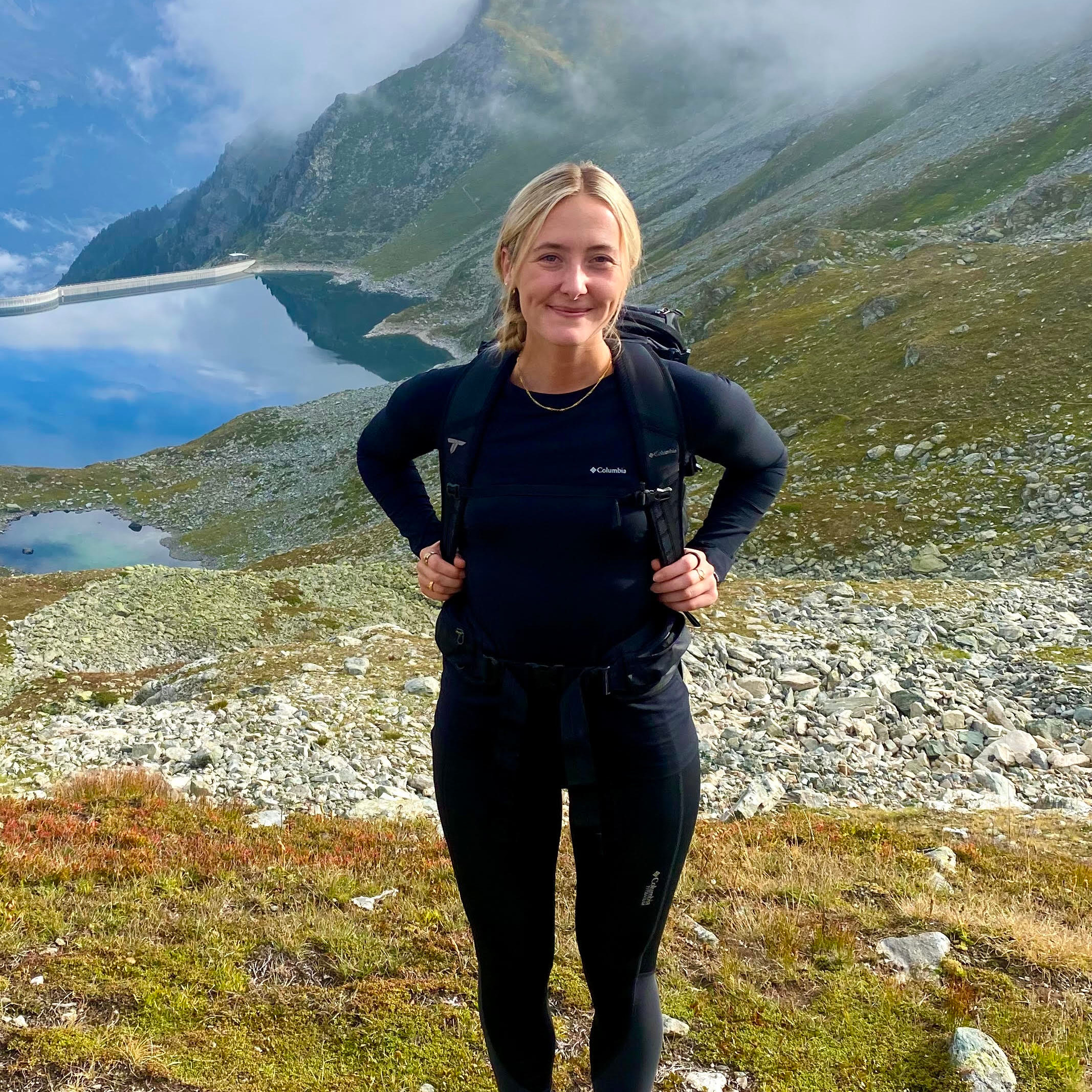What is the 75 hard challenge? Here's everything you need to know about the trending lifestyle rule

It’s that time of year again — the leftover Christmas chocolates have been tossed in with the trash, everyone is setting goals for the year ahead, some are buying new running shoes and diving into running. Meanwhile, others are conquering the January blues with a demanding physical challenge. One program gaining significant traction in 2024 is the 75 Hard Challenge, populating people’s TikTok FYP pages with the hashtag #75hardchallenge — it's amassed more than 1.3 billion views on TikTok.
When the words '75' and 'hard' are in the name of a challenge, it's safe to say it doesn’t sound like an easy entry into forming better habits. The 75 Hard Challenge is more than the average diet or workout program — it's designed to be a comprehensive self-development challenge. according to Andy Frisella, the creator behind this challenge, claims on his website. Frissela says the 75 Hard Challenge even has the potential to significantly alter your life for the better, touching on everything, “from your way of thinking, to your health, to the level of discipline you approach every single task in front of you with.”
It sounds promising, but what exactly does the 75 Hard Challenge entail, and is it worth trying? Keep reading to find out.
What is the 75 Hard Challenge?
The 75 Hard Challenge originated in 2019 when Frisella, an entrepreneur and podcaster, interviewed James Lawrence, who accomplished the astonishing feat of completing 50 Ironman races in 50 consecutive days across all 50 states. Inspired by Lawrence’s resilience, Frisella aimed to create something a bit more accessible for everyone — an "Ironman for your brain." Thus, the 75 Hard Challenge was born.
For those reading this, here's the good news: you won't have to tackle 50 Ironmans to complete the 75 Hard Challenge. However, you will need to adhere to a fairly demanding set of rules to successfully navigate the challenge. These include:
1) Follow a Structured Diet
One good thing about the diet part is that you can pick what this looks like. So it doesn’t matter if you have any allergies or dietary preferences, you just need to choose and stick to a structured eating plan geared toward your goals.
What’s the catch? No deviations from the plan, no cheat meals and no alcohol will be permitted in the 75 days. As you can probably already tell, this challenge is there to test your discipline. If you deviate from any part, you have to return right back to Day One of the challenge.
Get instant access to breaking news, the hottest reviews, great deals and helpful tips.
2) Two 45-Minute Workouts (1 Must Be Outside)
You must complete two daily workouts, each lasting a minimum of 45 minutes. One of these workouts must be done outdoors, come rain or shine. There isn’t any hard rules on what the two workouts must be. In theory, you could opt for a 45-minute gym session or follow an online Pilates class at home and then pair that with an outdoor activity like a jog or switch up your daily commute for a 45-minute walk.
3) Drink a Gallon of Water
You might want to buy the viral Stanley cup for this one or set some form of reminder for yourself, as drinking a gallon of water daily is part of the 75 Hard Challenge as another means to instill discipline in your daily routine. As Frisella puts it inside his instructions for the challenge, “Sometimes in life the simplest tasks are the hardest.”
Research shows that ample amounts of water everyday can have significant benefits on our health. For example, it can aid weight loss by increasing a person’s metabolism. If you want to find out how else it can impact your health, read our fitness editor’s results after she drank one gallon of water a day for a month.

4) Read 10 Pages
Hopefully you got some good books for your Christmas since you will need to read at least 10 pages (you can exceed this) of a book everyday for the full duration of the challenge. It also has to be non-fiction, educational material only. We’re sorry to say that audiobooks are not allowed in this challenge, according to Frisella, in order to help with habit building.
5) Take a Progress Picture
You must capture progress pictures throughout the 75 days to track and reflect on your journey. Although the thought of taking pictures of yourself will make some people squirm with cringe, it is supposed to help you overcome discomfort and emphasize the importance of every detail in achieving success.

Pros and cons of the 75 Hard Challenge
Pros
Considering the challenge in its entirety, the 75 Hard Challenge is the kind of program that can be highly effective for individuals in need of a proper kick up the bum and those who recognize that they require substantial, rather than incremental, changes to achieve their goals.
Within the 75 Hard challenge, you are required to adhere to set daily tasks for an extended period helping to instill a high level of discipline and mental toughness, which in theory should help you stick to good habits once the challenge is over.
With two daily workouts, one of which must be outdoors, you should be able to see and feel significant improvements in your physical fitness levels if you stick to the challenge for the 75 days.
We spoke to Sarah Lindsay, former speed skating Olympian turned fitness trainer and founder of ROAR Fitness, to get her perspective on how realistic the challenge is. Looking at the potential positives, she said, “There's nothing wrong with setting super high goals. If that style suits you.”
Even if you don’t precisely achieve your envisioned goals, setting high expectations can lead to greater progress than if you set no or very low expectations for yourself. In true Olympic imagery, Lindsay explained this as, “If you only aim for bronze, you're never going to win.”
Lastly, there is an element of customization to the challenge which means people can tailor the program to their own goals, but only to an extent. For example, you can pick what diet you follow, what form of workouts you commit to and what non-fiction books take your fancy.

Cons
On the down side, the rules may be too rigid for many, making it challenging to accommodate personal circumstances or unexpected events. For example those who live in areas that experience extreme weather conditions — whether that be stifling hot temperatures or below freezing temperatures — may have a hard time with a daily outdoor workout.
Also, the challenge may not accommodate individuals with health conditions or those who require more flexibility in their fitness and nutrition routines.
The time commitment is a challenge in itself. Devoting significant time to two daily workouts, reading, and other tasks may be difficult for those with demanding schedules, potentially leading to burnout. Plus, the emphasis on two daily workouts, especially when combined with one outdoor session regardless of weather, may increase the risk of overtraining and injuries.
While some people need an all or nothing type of approach to goal getting, the 75 Hard Challenge won’t work for everyone. The one-size-fits-all nature may lead to disengagement for some. Lindsay highlighted, “There has to be a point to all those rules”. Do you want what the 75 Hard challenge sets out to do? Or, do you just want to achieve one thing like get stronger or run a faster 5K?
The 75 Hard Challenge: Should you do it?
If you are looking to make significant changes to your fitness, health and mindset then the 75 Hard Challenge could be the push that you have been waiting for. The strict guidelines for the extended period are designed to challenge you and to help you develop discipline that will extend beyond 75 days.
However, the lack of flexibility and blanket approach to achieving goals that comes with this type of program won’t work for everyone. Lindsay highly recommends simply sitting down and creating your own goals and what you will do to reach them instead of following someone else’s goals: “If you can think of your own things that will get you out your comfort zone and are super challenging then this will be more realistic without making it softer.”
No matter how big or small your goals are, it can be helpful to consult a dietician and fitness trainer who can help you work out what style of diet and exercise plan is best suited to you and your goals. We all have unique lifestyles and needs, and working out what works for your individual needs can massively help you not only achieve your goals but keep up with them in the long run.
More from Tom’s Guide
- Hiking vs power walking: Which one burns more calories?
- I tried a Rowformer Pilates class for the first time — here are my honest thoughts
- Forget the gym — 5 full-body strength exercises for beginners using one pull-up bar

Jessica has been a fitness writer at Tom’s Guide since 2023, bringing three years of experience writing about health, fitness, and the great outdoors. Her passion for exercise began during her childhood, where she spent weekends hiking and competing in local athletics club events. After earning a master’s degree in journalism from Cardiff University, Jessica found the perfect way to combine her love of storytelling and fitness into a career.
Jessica is passionate about testing fitness gear and tech, using her reviews to help readers make informed buying decisions. She ran her first marathon in April 2024, finishing it in 3 hours and 48 minutes. Through her training, she’s developed a deep understanding of what it takes to grow as a runner, from effective workouts and recovery techniques to selecting the right gear for every challenge.
When she’s not at her desk, Jessica enjoys spending time in the kitchen crafting new recipes, braving cold water swims and hiking.
